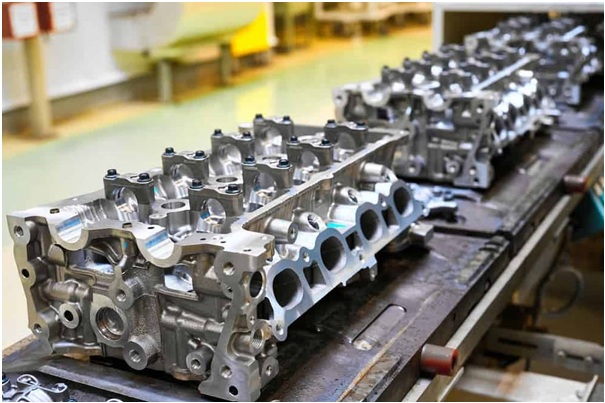Table of Contents
There’s something uniquely American about the drive-thru—a place where speed meets service, and where convenience has become a defining part of our everyday routines. But in Tampa, the drive-thru isn’t just a quirky cultural staple anymore—it’s also a strategic land use decision.
Quick Service Restaurants (QSRs) are evolving rapidly, and so is the way cities like Tampa are adapting to meet changing consumer expectations. Behind the scenes, experienced Tampa real estate developers are helping turn fast-food stops into community anchors, economic engines, and indicators of neighborhood momentum.
It’s Not Just About Food—It’s About Flow
Modern life runs on momentum. Between work, errands, commutes, and school pickups, people are looking for spaces that meet them where they are—fast, familiar, and frictionless. That’s what QSRs provide.
But today’s QSR real estate needs to support a lot more than a cheeseburger:
- App-based ordering and pickup
- Third-party delivery driver lanes
- Multi-lane drive-thrus for speed and safety
- Walk-up windows and bike-friendly designs in urban districts
- Outdoor seating and shaded waiting zones
These aren’t just design features—they’re strategic choices that begin at the development stage.
Tampa’s Growth Is Redefining Fast Food Footprints
As Tampa continues to grow, QSRs are adapting to denser environments. Traditional 2,500-square-foot buildings on expansive corner lots aren’t always feasible in mixed-use areas. Instead, developers are exploring:
- Smaller-footprint, high-efficiency formats
- Ground-floor QSRs in residential towers
- Shared retail spaces with medical, wellness, or convenience tenants
- Infill projects that maximize visibility on tight lots
This kind of innovation requires real estate developers who understand urban form, municipal codes, and consumer mobility—like Lawrence Todd Maxwell, who brings decades of Florida market experience to these evolving challenges.
Why QSR Real Estate Is a Community Signal
A new QSR location doesn’t just serve food—it sends a message. It tells people that:
- A neighborhood is gaining population and visibility
- There’s enough disposable income to support national brands
- Developers and retailers see long-term viability in the area
- Infrastructure is strong enough to support increased traffic
In this way, QSR real estate acts as a kind of urban barometer—measuring the health and momentum of a community. And developers are the ones calibrating it.
The Developer’s Balancing Act: Speed vs. Sustainability
Tampa real estate developers face the challenge of building fast—but smart. Communities are more vocal about traffic impact, environmental concerns, and architectural cohesion than ever before. So, QSR projects today must check multiple boxes:
- Aesthetic integration with surrounding buildings
- Noise and light mitigation for nearby homes
- Stormwater and green space compliance
- Pedestrian-friendly access where possible
It’s a far cry from the “slap up a burger joint on a busy road” approach of the past.
Also Read: Innovative Approaches to Real Estate Discovery
Final Thought: QSRs Are Part of the Urban Conversation Now
Once seen as purely commercial, QSR developments are now part of broader discussions about walkability, sustainability, and what it means to design for real life. They’re becoming more thoughtful, more flexible, and more community-oriented.
And with the help of experienced Tampa real estate developers, the next generation of fast food in Florida isn’t just about feeding people—it’s about meeting them where they are, in cities that are growing smarter every day.




